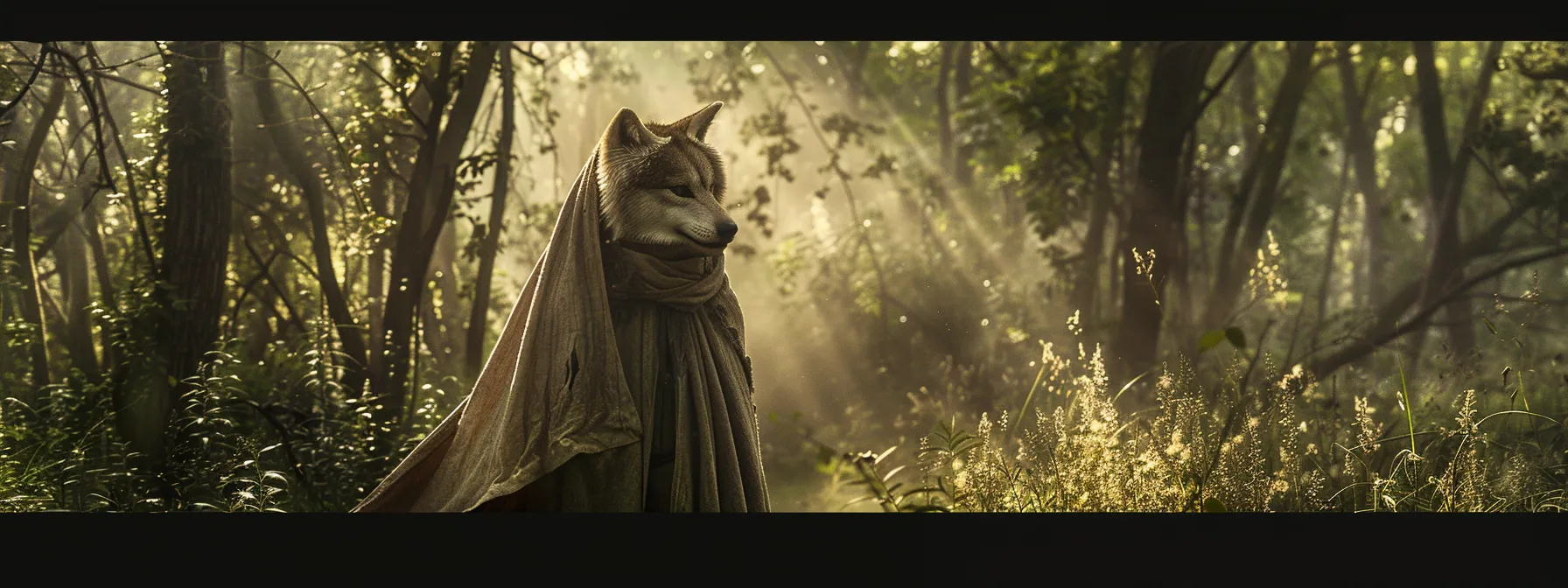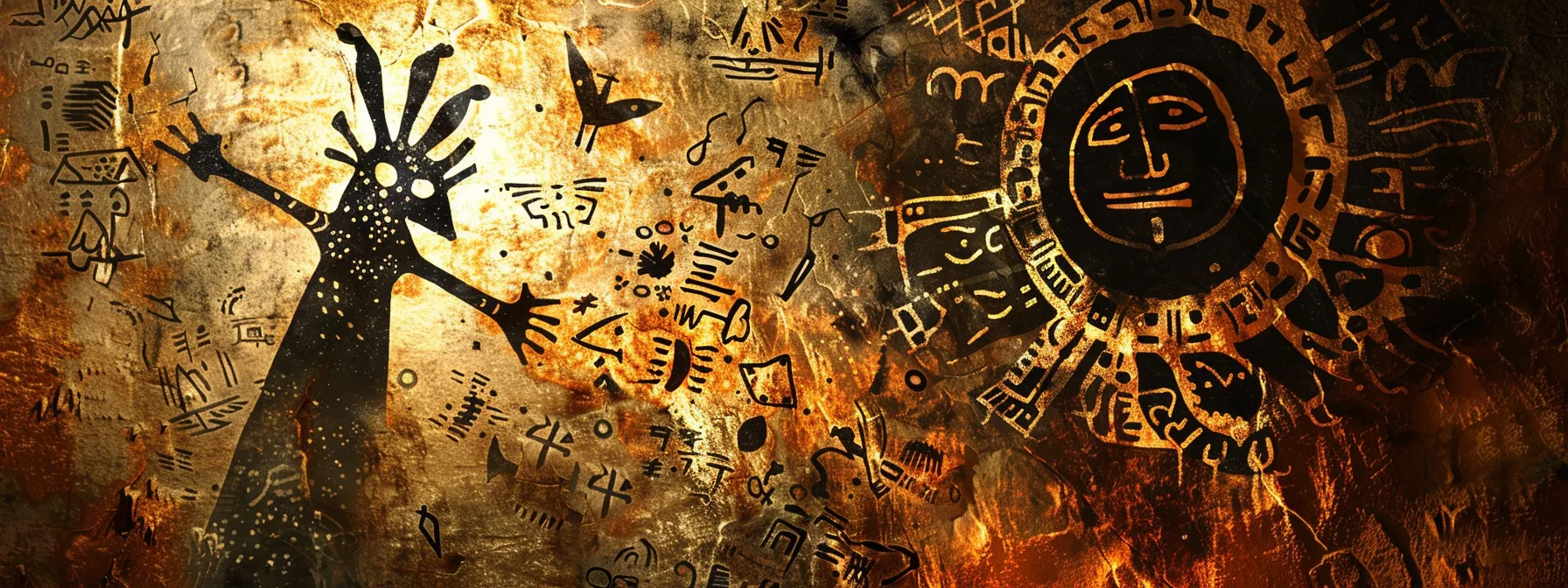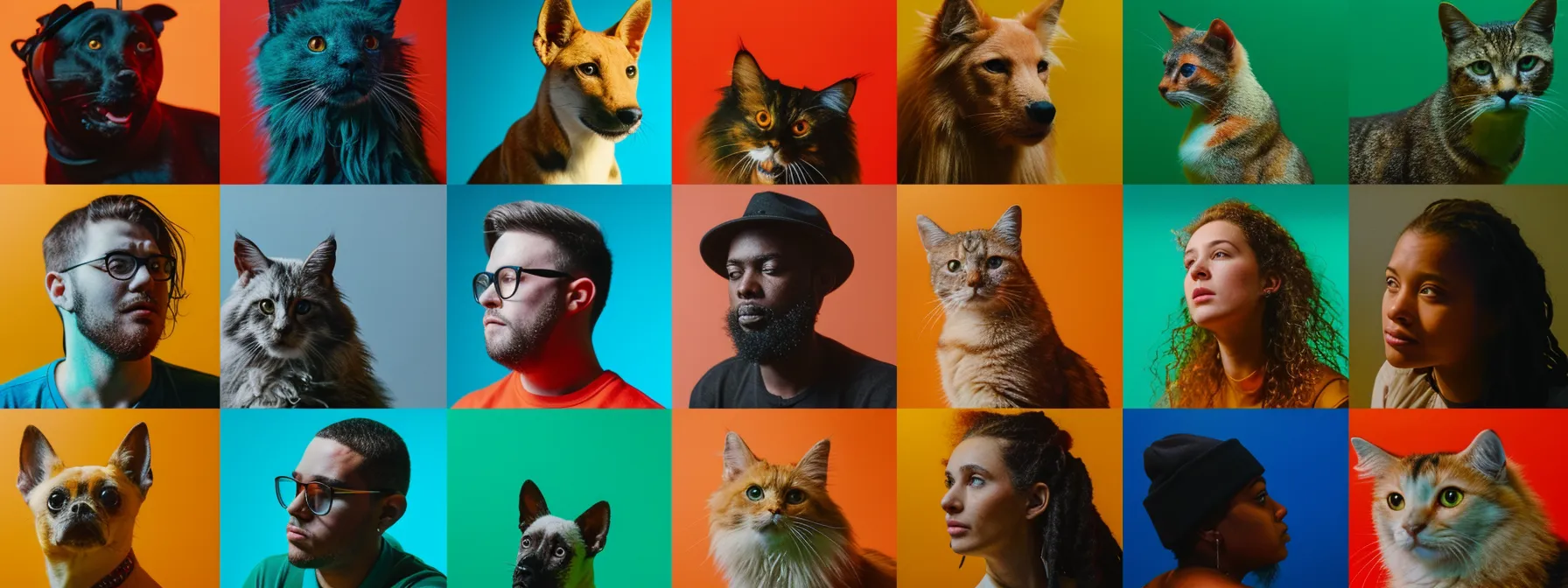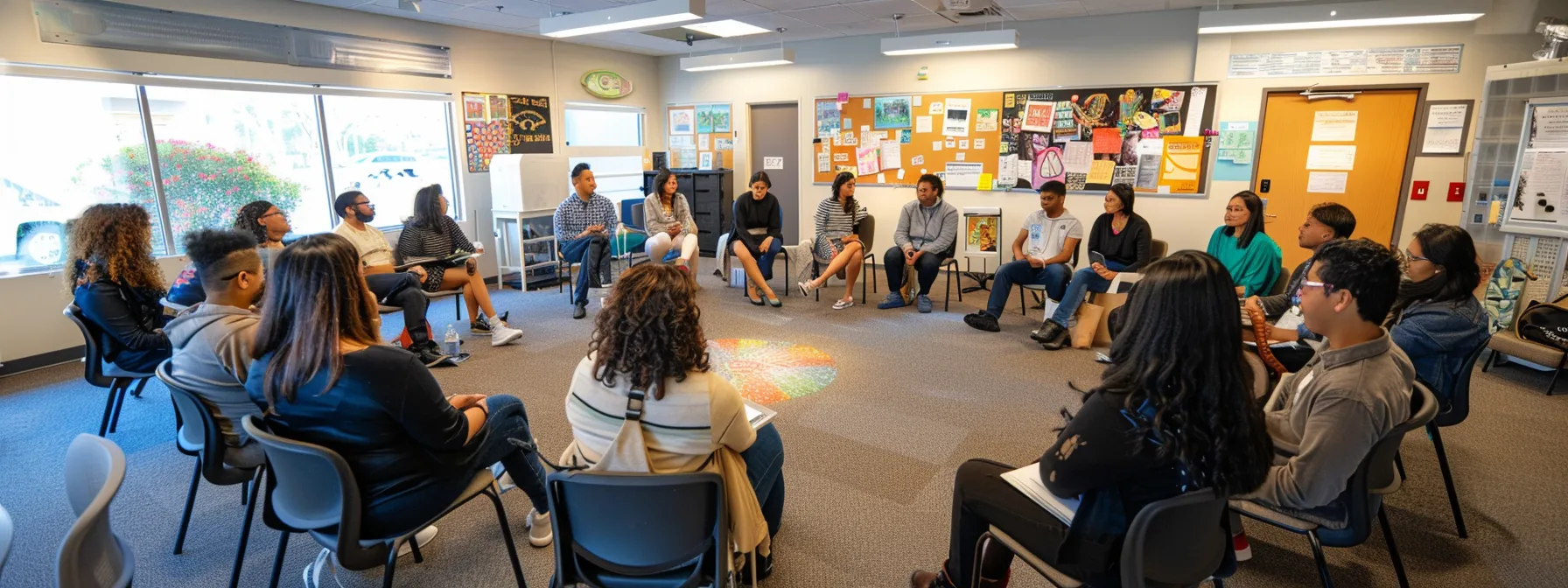Understanding Therianthropy: Exploring the World of Therians

Have you ever felt a deep connection to an animal, as if it’s part of your identity? This article explores therianthropy, a phenomenon where individuals identify as non-human animals. We’ll delve into the definition of therians, examine the historical roots of this concept, and discuss the modern therian community. By understanding therianthropy, readers will gain insights into this unique aspect of human experience and learn how to support and engage with therians respectfully.
Table of Contents
Key Takeaways
- Therianthropy is the belief or experience of being part animal in spirit
- Therians experience a deep connection to specific animal species as part of their identity
- Therianthropy has roots in ancient cultures and has evolved into a modern spiritual and psychological concept
- Online platforms have enabled therians to build global communities and share experiences
- Creating inclusive environments involves educating others and implementing supportive policies for diverse identities
Defining Therianthropy and Therians

Therianthropy is the belief or experience of being part animal in spirit. This section explores the concept of therianthropy, identifies key characteristics of therians, and distinguishes between physical and psychological aspects of this phenomenon. Understanding these elements provides insight into the diverse experiences of individuals who identify as therians.
Understanding the Concept of Therianthropy
Therianthropy refers to the phenomenon where individuals experience a deep, spiritual connection with one or more animal species. These individuals, known as therians, believe they possess non-human characteristics or identify partially as non-human animals on a spiritual or psychological level. Therianthropy differs from other animal-related identities in that therians experience their animal sides as an integral part of their being, rather than as a separate entity or persona.
Identifying Characteristics of Therians
Therians exhibit several key characteristics that distinguish them from other individuals. They often report a deep, innate connection to specific animal species, feeling that these animal traits are an integral part of their identity. Therians may experience “phantom limbs” or sensations related to their animal counterparts, such as feeling a tail or wings. They typically describe their therianthropy as a lifelong experience rather than a temporary state or choice. The following table outlines common characteristics of therians:
Differentiating Between Physical and Psychological Therianthropy
Therianthropy can be understood as having both physical and psychological components. Psychological therianthropy refers to the mental and emotional aspects of identifying as part animal, including feelings of connection, mental shifts, and spiritual experiences. Physical therianthropy, while not involving actual transformation, encompasses phantom limb sensations, heightened senses, and instinctual behaviors associated with the therian’s animal identity. The following table illustrates the key differences between physical and psychological therianthropy:
Historical Roots of Therianthropy

Therianthropy has deep historical roots, appearing in ancient cultures and mythologies worldwide. This section explores how therian beliefs have evolved over time and examines the influence of folklore on modern therianthropy. Understanding these historical connections provides insight into the cultural significance and enduring nature of therian identities.
Therianthropy in Ancient Cultures and Mythology
Therianthropy has roots in ancient cultures and mythologies worldwide. Many civilizations featured stories of humans transforming into animals or possessing animal-like qualities. Egyptian deities with animal heads, Native American shapeshifters, and Norse berserkers exemplify these beliefs. These ancient tales often portrayed therianthropy as a spiritual or magical phenomenon, reflecting the deep connection between humans and nature in early societies.
Evolution of Therian Beliefs Over Time
Therian beliefs have evolved significantly over time, transitioning from ancient mythological concepts to modern spiritual and psychological interpretations. As societies progressed, the understanding of therianthropy shifted from literal shapeshifting to a more internalized experience. Today, therians view their animal identities as integral parts of their psyche rather than physical transformations, reflecting a contemporary approach to spirituality and self-identity.
Influence of Folklore on Modern Therianthropy
Folklore continues to shape modern therianthropy, providing a rich cultural context for contemporary therians. Many therians draw inspiration from ancient myths and legends, incorporating elements of traditional animal spirits into their personal identities. This influence manifests in the choice of therian animals, spiritual practices, and community traditions, creating a bridge between historical narratives and present-day experiences.
The Modern Therian Community

The modern therian community has evolved with digital technology, creating new ways for therians to connect and express themselves. This section explores how therians interact online, common practices within the community, and challenges faced by therians in today’s society. Understanding these aspects provides insight into the contemporary therian experience and its societal impact.
How Therians Connect in the Digital Age
In the digital age, therians have found innovative ways to connect and build communities online. Social media platforms, forums, and dedicated websites serve as hubs for therians to share experiences, discuss their identities, and offer support to one another. These digital spaces allow therians from diverse geographical locations to form global networks, fostering a sense of belonging and understanding that may be challenging to find in their local communities. The following table illustrates key digital platforms utilized by the therian community:
Common Practices and Expressions Among Therians
Therians engage in various practices to express and explore their identities. Many participate in meditation or visualization exercises to connect with their animal aspects, while others create artwork or write stories to express their therian experiences. Some therians wear symbolic jewelry or clothing that represents their animal identities, and many engage in nature-based activities to feel closer to their animal sides. These practices help therians integrate their animal identities into their daily lives and foster a sense of community with like-minded individuals.
Challenges Faced by the Therian Community
Therians face various challenges in modern society, including misunderstanding and skepticism from others. Many struggle with social acceptance and fear discrimination when expressing their identities openly. The lack of widespread recognition of therianthropy as a legitimate identity can lead to feelings of isolation and mental health issues for some therians. Additionally, therians often grapple with integrating their animal aspects into their daily lives while navigating societal expectations and norms.
Psychological Perspectives on Therianthropy

Psychological perspectives on therianthropy examine the mental aspects of this identity. This section explores how therians perceive themselves and their place in society. It also investigates the relationship between therianthropy and mental health, and reviews academic studies on therian identity. These insights provide a deeper understanding of the psychological foundations of therianthropy.
Exploring Identity and Self-Perception in Therians
Therians possess a complex self-perception that integrates both human and animal aspects into their identity. They often describe feeling a deep, innate connection to specific animal species, which influences their thoughts, behaviors, and emotional experiences. This unique self-concept can lead to internal conflicts as therians navigate the balance between their human and animal sides in daily life. Understanding how therians perceive themselves is crucial for psychologists and researchers studying this phenomenon, as it provides insight into the formation and maintenance of therian identities.
Therianthropy and Its Relation to Mental Health
The relationship between therianthropy and mental health is complex and multifaceted. While some therians report positive psychological effects from embracing their identities, others may experience challenges related to social acceptance and self-understanding. Research suggests that therianthropy itself is not inherently a mental health condition, but the stress of navigating a non-traditional identity in society can impact mental well-being. Mental health professionals increasingly recognize the importance of understanding therianthropy to provide appropriate support and guidance to individuals who identify as therians.
Academic Studies on Therian Identity
Academic studies on therian identity have emerged in recent years, providing valuable insights into this phenomenon. Researchers have explored various aspects of therianthropy, including identity formation, cognitive processes, and social dynamics within the therian community. These studies contribute to a growing body of knowledge that helps demystify therianthropy and provides a foundation for understanding the experiences of individuals who identify as therians.
Therianthropy vs. Otherkin: Understanding the Differences

This section explores the differences between therianthropy and otherkin identities. It defines otherkin beliefs, highlights key distinctions between therians and otherkin, and examines overlapping aspects of their communities. Understanding these nuances provides insight into the diversity of non-human identities and their unique characteristics.
Defining Otherkin and Their Beliefs
Otherkin are individuals who identify as non-human entities, including mythical creatures, fictional characters, or even inanimate objects. Unlike therians, who specifically identify with real animal species, otherkin encompass a broader range of identities. These identities often stem from spiritual beliefs, past-life experiences, or a deep psychological connection to non-human forms. Otherkin communities share similarities with therian groups in their exploration of non-human identities, but their scope extends beyond the animal kingdom.
Key Distinctions Between Therians and Otherkin
Therians and otherkin differ primarily in the nature of their non-human identities. Therians identify specifically with real, extant animal species, while otherkin encompass a broader range of non-human identities, including mythical creatures and fictional entities. This distinction affects how individuals in each group experience and express their identities. Therians often draw on observable animal behaviors and characteristics, whereas otherkin may rely more heavily on imagination and spiritual beliefs to connect with their non-human aspects.
Overlapping Aspects of Therian and Otherkin Communities
Therian and otherkin communities share several overlapping aspects despite their distinct identities. Both groups explore non-human identities, often utilizing online platforms to connect with like-minded individuals and share experiences. They face similar challenges regarding social acceptance and understanding, leading to the development of supportive communities. Additionally, both therians and otherkin engage in identity exploration through various practices, such as meditation, artwork, and community gatherings, fostering a sense of belonging among members.
Supporting and Engaging With Therians

Supporting and engaging with therians involves understanding their experiences and creating inclusive environments. This section explores respectful approaches to conversations with therians, provides resources for further learning about therianthropy, and discusses strategies for building inclusive spaces that accommodate diverse identities. These insights aim to foster better understanding and acceptance of therian experiences in society.
Approaching Conversations With Respect and Openness
Approaching conversations with therians requires respect, open-mindedness, and a willingness to listen. Non-therians should avoid judgment or dismissive attitudes, instead focusing on understanding the individual’s experiences and perspectives. Asking thoughtful questions, using preferred terminology, and acknowledging the validity of therian identities can foster meaningful dialogue and mutual understanding. This approach creates a supportive environment where therians feel comfortable sharing their experiences, promoting greater awareness and acceptance of diverse identities.
Resources for Learning More About Therianthropy
Various resources are available for those seeking to learn more about therianthropy. Online platforms, academic publications, and community-driven content provide valuable insights into therian experiences and identities. These resources offer diverse perspectives, research findings, and personal accounts, enabling individuals to gain a comprehensive understanding of therianthropy:
- Online forums and discussion boards dedicated to therianthropy
- Academic journals featuring studies on non-human identities
- Books written by therians and researchers exploring therian experiences
- Podcasts and video channels discussing therianthropy and related topics
- Therian community websites offering educational materials and resources
Building Inclusive Environments for Diverse Identities
Creating inclusive environments for diverse identities involves implementing strategies that respect and accommodate therians and other non-traditional identities. Organizations and communities can foster inclusivity by educating members about therianthropy, establishing anti-discrimination policies, and providing safe spaces for expression. These efforts promote understanding and acceptance, enabling therians to feel valued and supported within broader social contexts. Key steps to build inclusive environments include:
- Conducting sensitivity training on diverse identities
- Establishing clear guidelines for respectful communication
- Creating support groups or networks for therians
- Incorporating diverse perspectives in decision-making processes
- Regularly assessing and improving inclusivity measures
Conclusion
Understanding therianthropy is crucial for fostering inclusivity and respect in our diverse society. By exploring the historical roots, modern community practices, and psychological perspectives of therians, we gain valuable insights into the complexities of identity and self-perception. Recognizing the challenges faced by therians and the importance of creating supportive environments can lead to greater acceptance and understanding of diverse identities. Ultimately, embracing knowledge about therianthropy enriches our cultural landscape and promotes a more empathetic and inclusive world for all individuals.





